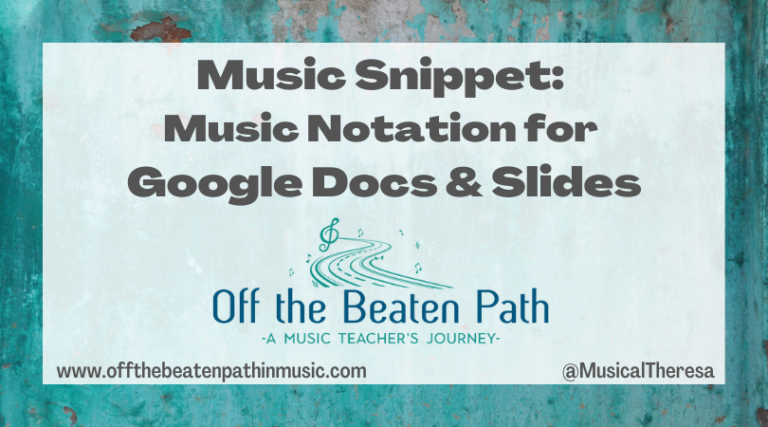STEAM Lessons with the OK Go Sandbox
Last spring I discovered a resource that I cannot wait to use – the OK Go Sandbox. I remember the band, OK Go, being on the radio about ten years ago. They always had very elaborate and creative music videos. In March 2018 the OK Go Sandbox was launched in collaboration with the Playful Learning Lab (through the University of St. Thomas) and sponsorships by Google. The sandbox is awesome! It contains materials and lesson plans to accompany music videos that teachers can use in STEAM lessons.

Currently the sandbox contains lesson materials for three music videos: “The One Moment,” which the band filmed as a 4 -second video, perfectly timed and played back in slow motion, “This Too Shall Pass,” which is a complex Rube Goldberg Machine and “Needing/Getting,” which was created using a car and other everyday items. The music video is used to hook the students who then explore the various concepts used for its creation.
Each lesson, which they call a “challenge,” comes with an Educator’s Guide containing the challenge description, topics, applicable standards, and learning objectives. Teachers begin by having students watch the appropriate music video. Following the music video, there are 1-3 additional videos with the members of OK Go explaining the challenge and the concepts involved. The Educator’s Guide continues with details on how to complete the challenge, along with vocabulary words and guiding questions. It’s a one-stop-shop! Some challenges, depending on their content, also contain Student Guides and Student Worksheets. To take things one step further, the Google Science Journal can also be used in conjunction with most challenges. The Google Science Journal is an app that has a place for students to keep observations throughout their experiments, and it also contains several scientific tools (sensors) that will measure pitch in addition to things like magnetism, acceleration, direction, etc. These sensors enable you to connect music in ways you might not otherwise be able to.

Going back to the actual OK Go Sandbox, I love the idea of using music videos in this way. Most of the lessons include science and math standards, but the “Hit the Note” challenge (accompanies the video, “This Too Shall Pass”) directly relates to making music. This challenge has students working with glass cups filled with water to determine pitch and eventually play songs. Students learn about sound waves and frequency and use the Google Science Journal to measure the pitch of the various glasses. My only frustration is the music notation provided for this part of the challenge. It’s close, but not wholly accurate. If I were to use this with students, I would not show them notation but might have them write music instead.
In almost every challenge you can extend beyond the scientific standards to incorporate the musical elements. This is great for cross-curricular initiatives, colleague collaboration, and arts integration. I could also see some great exploration opportunities with instruments using the pitch detector and sound intensity sensors to get visual representations of the sound. How much fun would it be to SEE a crescendo?

I think there are a lot of great possibilities with the OK Go Sandbox, and I hope music teachers will consider using these tools either in their classrooms or along with other teachers in their buildings. Teaching music can be an isolating job, so use this as an opportunity to work together with colleagues! Trust me; it will be worth the effort in the end.
Have you used the OK Go Sandbox? I’d love to hear about it! Please leave a comment!





Such an awesome resource for Performing Arts and Music teachers!